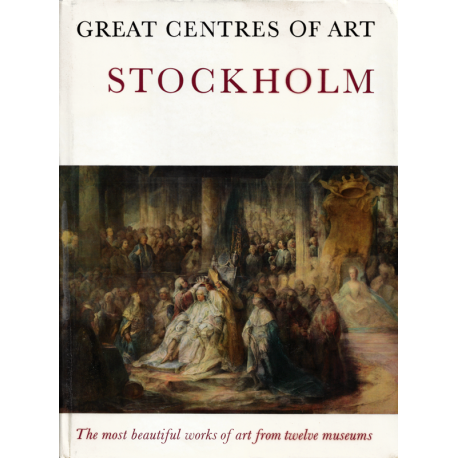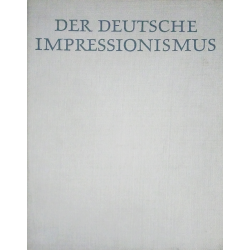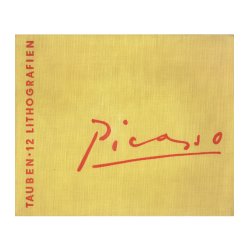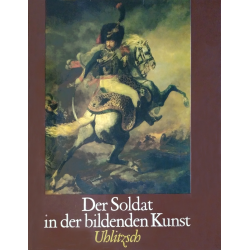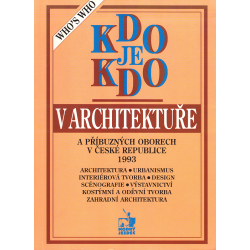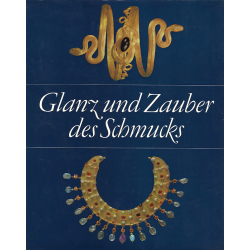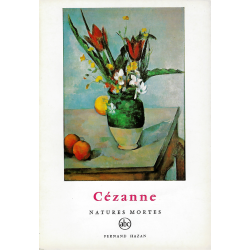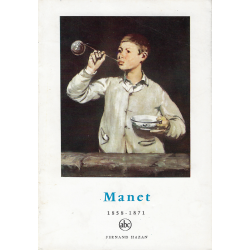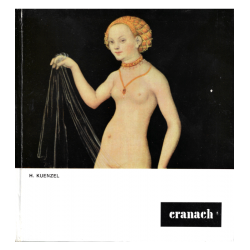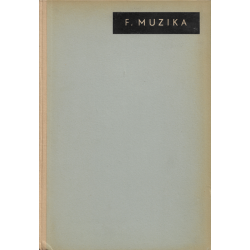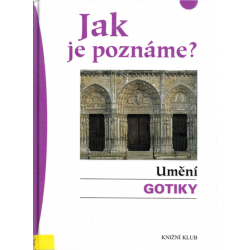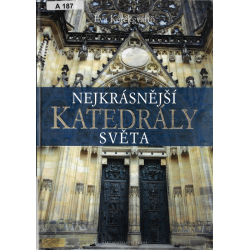No products
Art and Architecture
- ALL BOOKS
- Fiction
- Magazines and Newspapers
- Book of Travels
- Other Languages
- Theatre Plays and Screenplays
- Encyclopaedia
- Esoterics, Mythology, Mystery
- Music Books and Notes
- Comics
- Crosswords and Puzzles
- Kalendář
- Cookbooks
- Non-fiction
- Religion
- Professional, Educational, Manuals
- Astronomy
- Transportation and motorism
- Household and Creativity
- Economy and Finance
- Electronics, Electrotechnics
- Film and Photography
- Fyzika
- History
- Chemistry
- Medicine
- Math
- Legal
- Psychology
- Plants and Gardening
- Collecting
- Sports
- Tourism
- Education, Personal Development
- Agriculture
- Animal Breeding and Training
- Picture Books
- Leisure Literature
- Poetry
- Dictionaries
- Textbooks
- Art and Architecture
- Memoirs
- Health and Illness
- Autobiography
- BAZAROVÉ ZBOŽÍ
- CD and DVD
- ZNÁMKY A FILATELIE
- PRODANO
Viewed products
-

Great Centres of Art:...
The most beautiful works of art from...
-

Škola hry na housle...
Škola hrou je určena začínajícím...
-

Moře trollů...
Píše se rok 793 a Vikingové právě...
-

Podniková ekonomika...
Vysokoškolská učebnice, která je...
Great Centres of Art: Stockholm
09100A3
Used
1 Item
The most beautiful works of art from twelve museums.
In stock
Data sheet
| Weight | 1734 g |
| Language | English |
| Checked | book is complete, there are no pages missing |
| Place of publishing | Leipzig |
| No. of pages | 64 stran textu a 167 stran vyobrazení |
| Note | Book removed from the library collection (contains registration numbers, stickers, traces of stickers and library stamps) |
| Year | 1969 |
| Condition | nažloutlý přebal s drobnými opotřebeními, jinak pěkně zachovalá |
| Hardcover/Paperback | hardcover |
| Publisher | Edition Leipzig |
More info
The early history of the present-day museums in Stockholm was determined primarily by the kings of the house of Vasa. With a collection of paintings originally quite small, Gustavus Vasa, founder of the Swedish state, himself laid the foundations of the later royal collections, which particularly under Gustavus II Adolphus and his daughter Christina, also a keen patron of the arts, were added to from the spoils of war, but also to an increasing extent by discriminating purchases abroad. Much that was acquired at this time was later lost to Sweden when, on her abdication, Christina took with her to Rome an extensive selection of the best and most valuable works of art.
It was Carl Gustaf Tessin, adviser to Queen Lovisa Ulrika and King Gustavus IV, and himself a passionate private collector, who was responsible for determining which additions were made to the royal collections at the beginning of the 18th century.
Even at this early date foreign visitors, "persons of rank" and members of the Academy of Art were granted access to the collections in the royal household, and in 1794 the Royal Swedish Museum was opened to the public "for the benefit and honour of the country." Thus Sweden, with Italy and France possessed one of the first art collections in the world that was open to the public, most of which can be seen today in the National Museum.
In the 19th century, as the result of the work carried out by scholars interested in the national heritage and early history of their own country, the Museum of National Antiquities and the Nordic Museum, together with the interesting open-air museum of folk-lore at Skansen, were developed.
Close links between museum and royal household can be seen in the collections of the Royal Armoury and the Royal Palace Museums.
Seven of the museums of art in Stockholm date from the present century. Four of these were originally the private foundations of artists and collectors: Waldemarsudde, which contains Prince Eugen's own paintings as well as his collection of works by other artists; Millesgarden; the Thiel Gallery and the Hallwyl Museum. The Museum of Far Eastern Antiquities houses rich examples of Chinese ceramics and a collection of early Chinese bronzes unique outside Asia. The Maritime Museum is a reminder of the great days of Swedish sea-faring, and the nearby Vasa dockyard exhibits the man-of-war "Vasa," which, sunk in Stockholm harbour in 1628, was salvaged in 1961.
In 1958 the Museum of Modern Art was formed from modern works of art taken from the National Museum together with representative new acquisitions to exhibit international and national art from the turn of the century onwards, and although of such recent origin, the museum is able to present a survey of the most important movements throughout the field of modern art.


